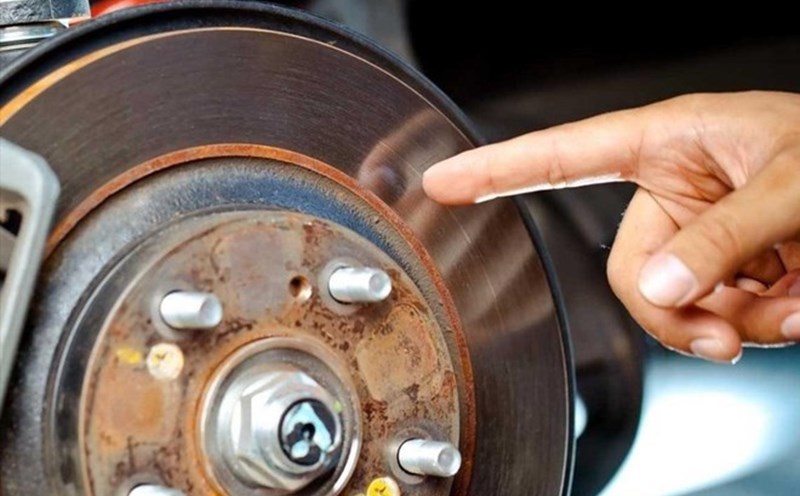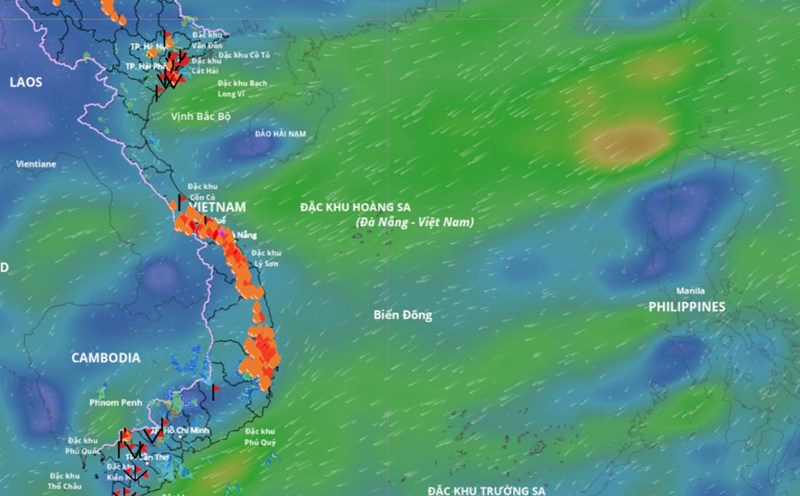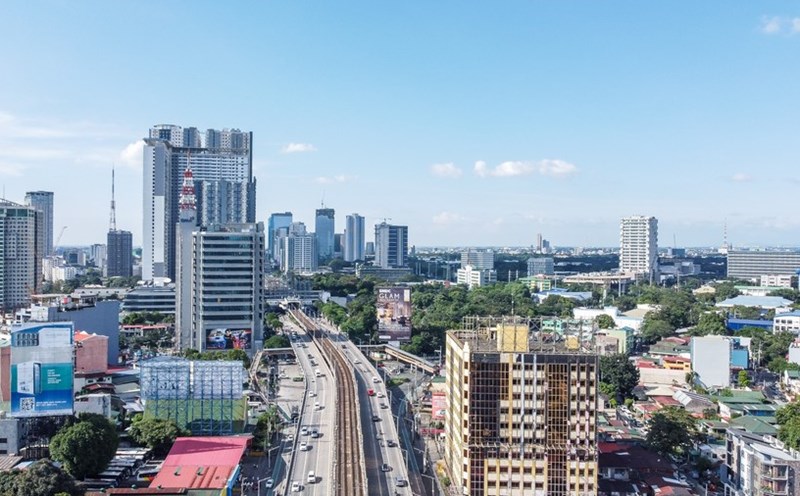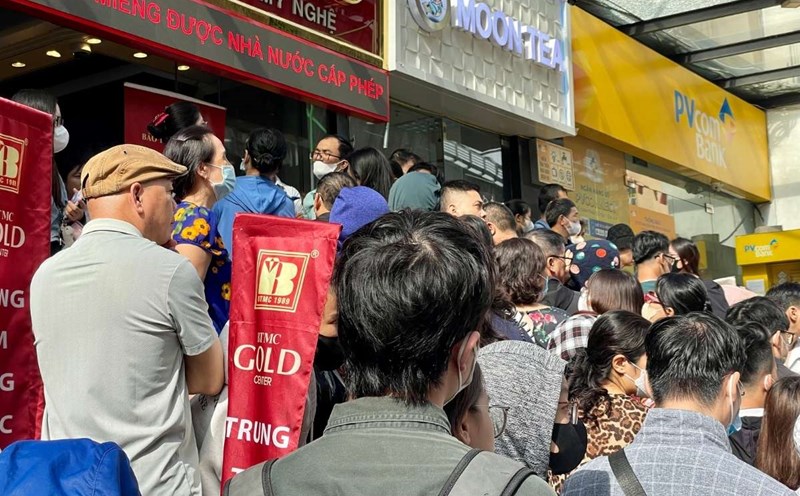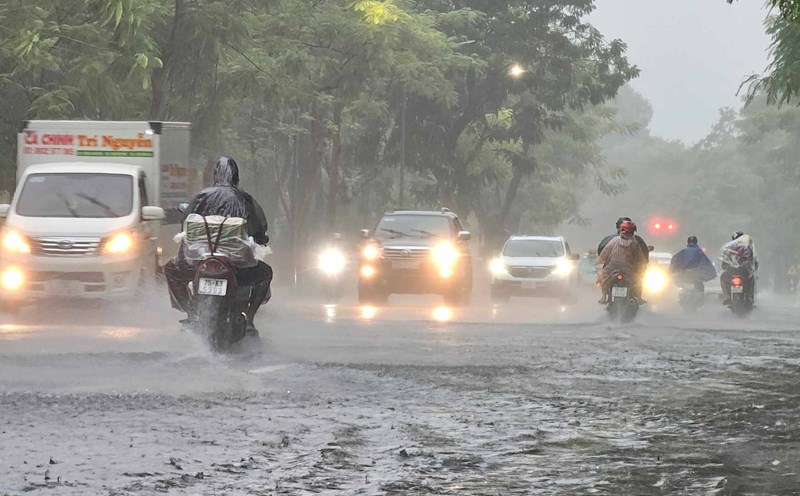Reasons for car engines heating up when driving slowly
Lack of cooling water: Coolidating water plays an important role in maintaining a stable temperature for the engine. When the cooling water level is lower than the prescribed level, the engine will not be effectively cooled, leading to increased temperatures.
Damaged water pumps: The water pump is responsible for circulating water to cool in the system. If the water pump does not work well, the water will not circulate properly, causing a hot engine phenomenon.
Refrigerator has problems: Refrigerators help increase heat generation, especially when the vehicle moves slowly or stops parked. A fan that is not working or is not working properly will reduce the cooling process.
Clogged water cavity: Dilapidation or lightning buildup in the water cavity reduces heat excretion, causing the engine to heat up quickly.
Trapped thermal valves: The thermal valve regulates the flow of cooling water. If the valve is stuck at the closed position, water cannot circulate through the water tank, leading to high engine temperatures.
Damaged or leaking water pipes: Leaking, cracked or blocked water pipes also obstruct the circulation of cooling water, affecting the engine's cooling capability.
Using too much air conditioners when moving slowly: When the air conditioner is in operation, the engine has to work harder to provide energy to the refrigeration system, thereby generating more heat, especially when the vehicle moves slowly or stops for a long time.
Traffic and weather conditions: Traffic jams or moving in hot weather limit natural cooling airflow, causing engine temperatures to rise rapidly.
How to overcome the phenomenon of hot car engines when driving slowly
To ensure the engine operates stably and avoid damage, you can take the following measures:
Check and add cooling water: Open the hood of the hood when the engine cools, check the cooling water level in the secondary container. If below the prescribed level, add the right type of cooling water according to the manufacturer's instructions.
Check the cooling system: Observe parts such as water cages, water pumps, pipes and thermal valves for signs of leakage or damage. If necessary, bring the vehicle to the garage for in-depth inspection using specialized equipment.
Repair or replace damaged parts: If a water pump, cooling fan, thermal valve or water bottle is broken, repair or replace it promptly to ensure the cooling system works effectively.
Reduce the use of air conditioners when not necessary: Especially when the vehicle moves slowly or stops for a long time, you should reduce or turn off the air conditioner to reduce the heat load on the engine.
Proactively cool the engine: turn on the heater and open the windows when the vehicle is stuck in hot weather to support heat output. Avoid parking in direct sunlight and turn off the engine when stopping for a long time.

